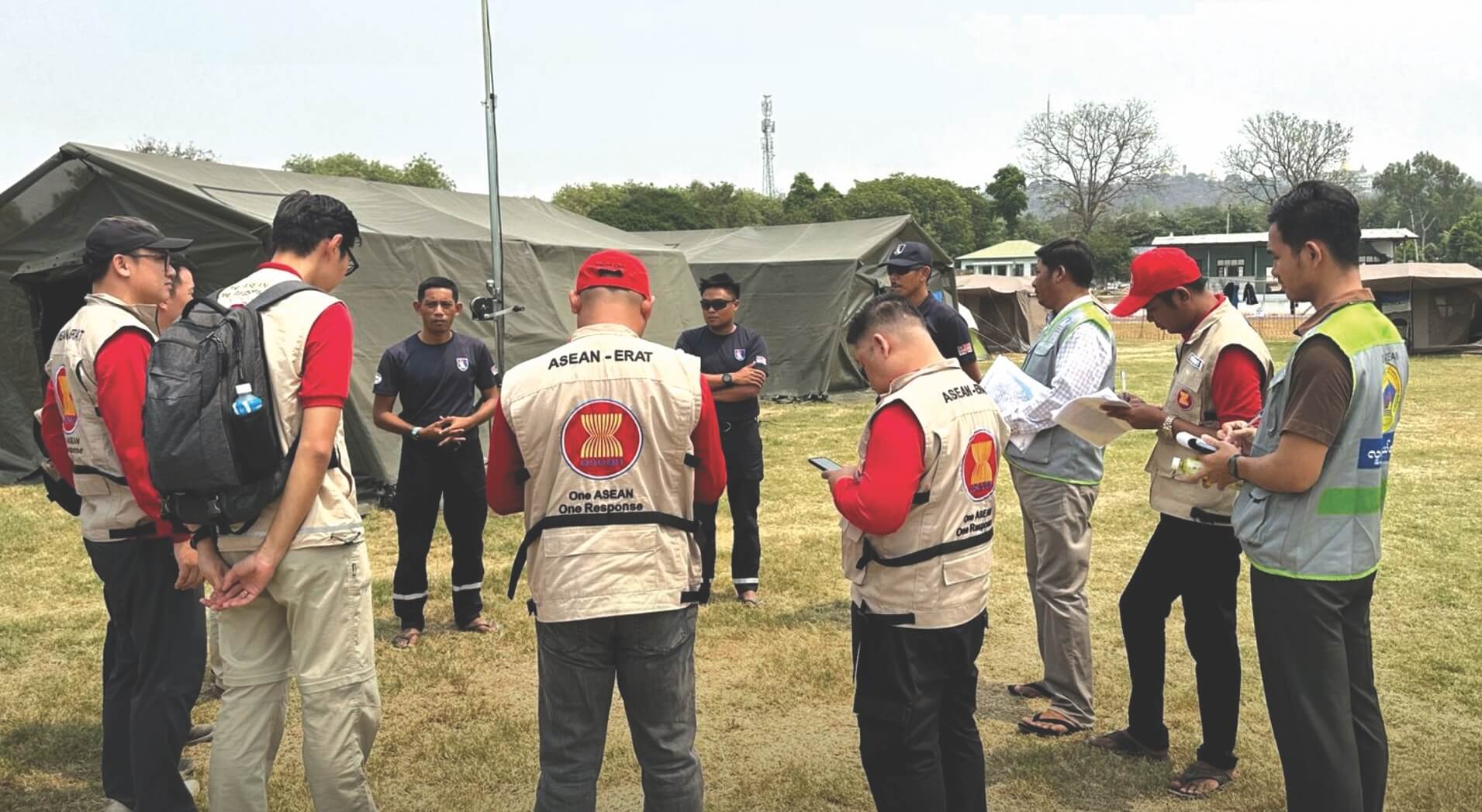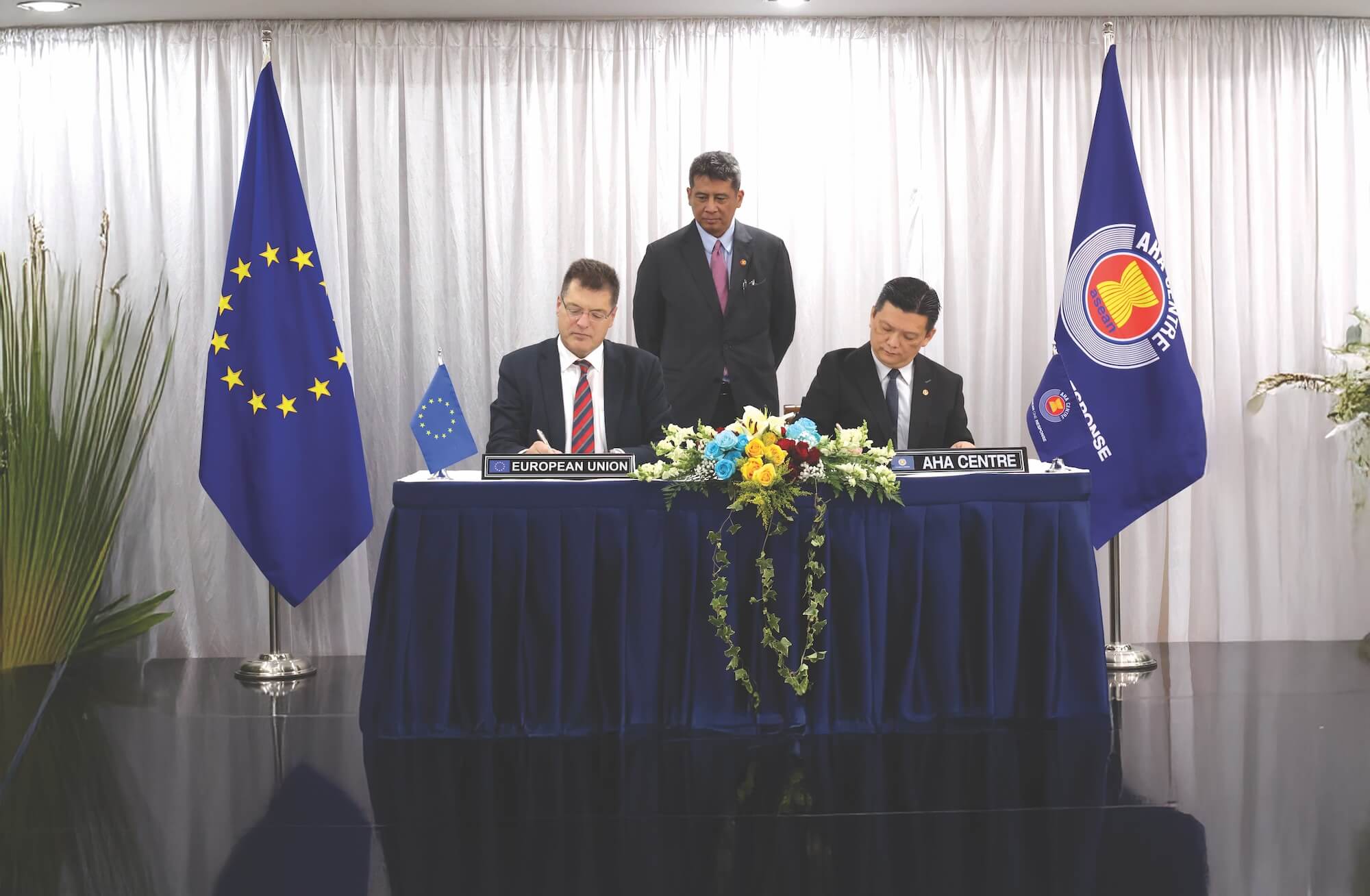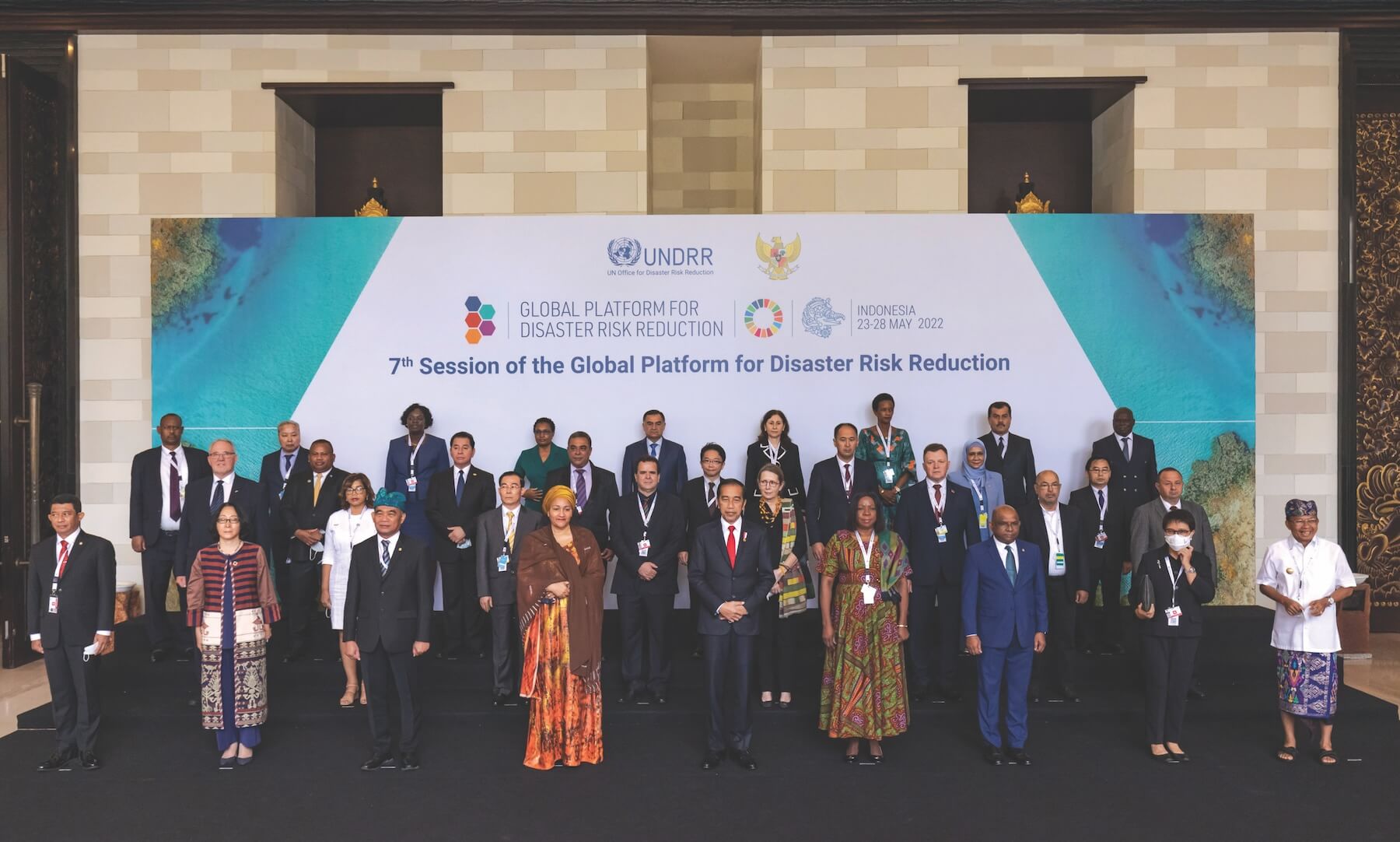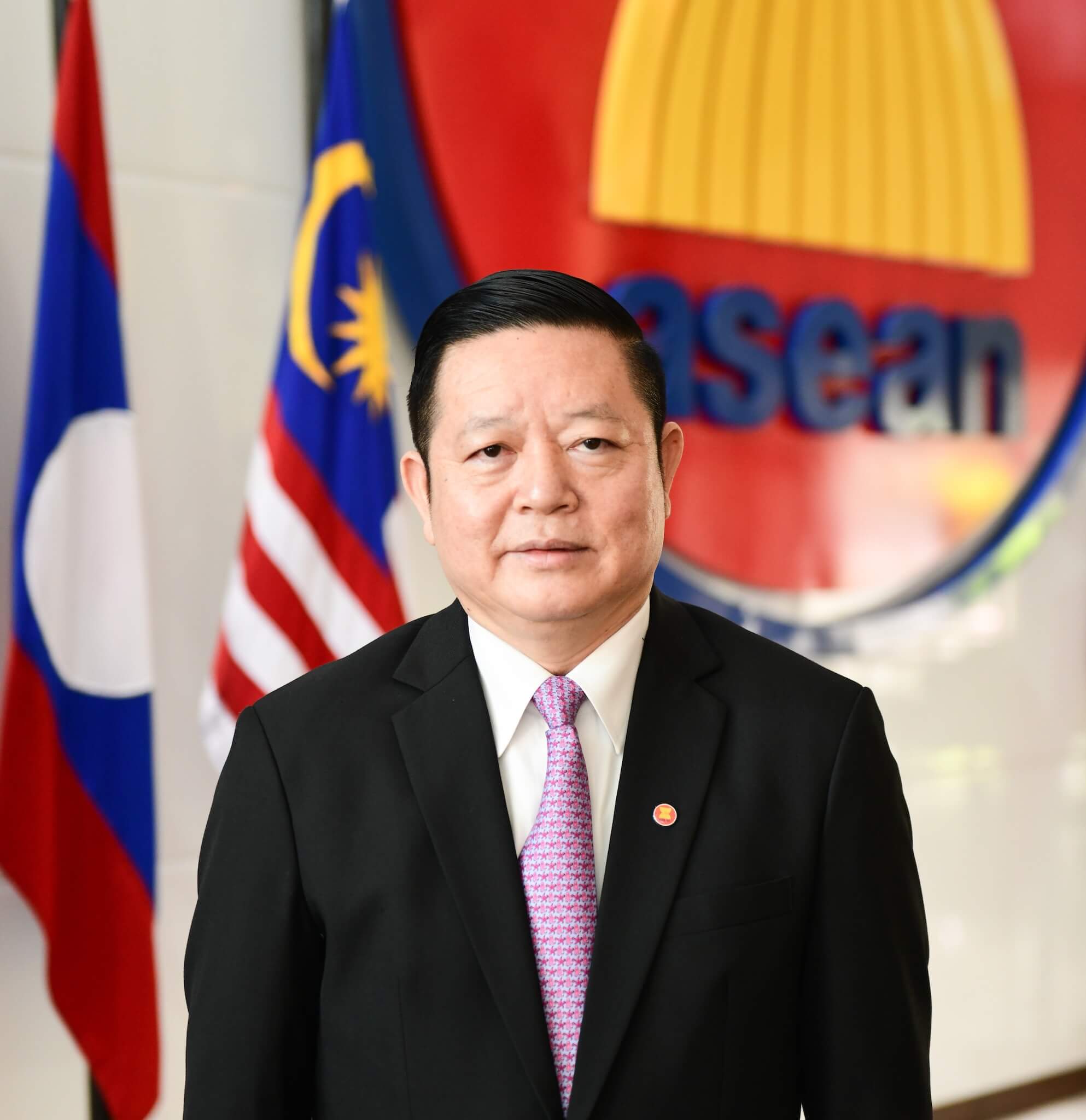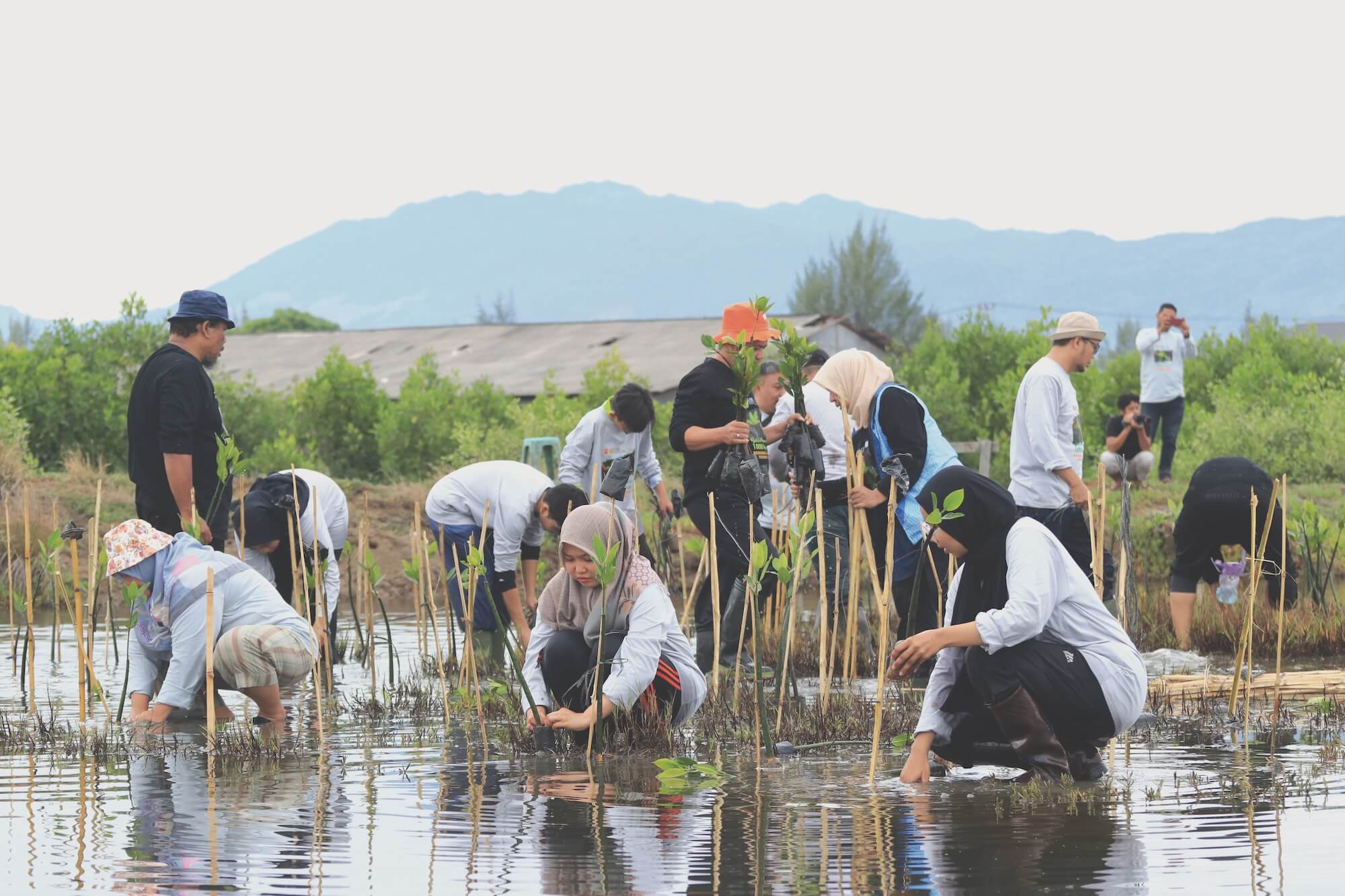




Formally launched in 2015, the ASEAN Socio-Cultural Community (ASCC) is one of the three pillars of the ASEAN Community, as envisioned in the Declaration of ASEAN Concord II (Bali Concord II).
The ASCC is often touted as the “People’s Pillar” because the core values of its community-building work focus on people’s well-being, social welfare, and regional identity. It seeks to ensure that regional cooperation creates an environment that benefits the people.
Its first visionary framework, the ASCC Blueprint 2025, has guided sectoral bodies—supported by the ASEAN Secretariat—in developing and implementing policies, programmes, and projects across a wide range of sectors. These include health, education, youth, sports, social welfare and development, gender, women’s and children’s rights, rural development and poverty eradication, labour, civil service, environment, disaster management and humanitarian assistance, culture and arts, and information and media.
Progress and achievements
The ASCC has made steady progress in implementing the ASCC Blueprint 2025. Ninety-nine per cent of the strategic measures outlined in the blueprint have either been completed or are ongoing.
The implementation of these measures has contributed to socio-cultural progress in the region, as evidenced by the following outcomes: more children are staying in school longer, adult literacy rates have increased, mortality rates for children under five have declined, the prevalence of undernourishment has decreased, access to universal health coverage has improved, and life expectancy has increased.
There is also a stronger commitment to protecting the rights of vulnerable groups, including women, children, migrant workers, and older adults; fostering regional identity; responding to the climate crisis through carbon emission reduction and the adoption of green and sustainable solutions; and managing disasters and public health emergencies.
However, significant challenges remain.
Global disruptions, such as the COVID-19 pandemic, exposed the region’s existing vulnerabilities, including gaps in healthcare, social protection, education, and employment—especially among communities in vulnerable situations.
The region has also been battered by numerous natural disasters, many of which are attributed to extreme weather and climate change. These disasters have caused internal displacement, loss of livelihood, and in many cases, have pushed families into poverty.
The accelerated adoption of digital technologies—induced in part by the pandemic—has also had adverse effects. These include job displacement, digital exploitation, misinformation and disinformation, and mental health issues, among others.

A new strategic plan
The ASEAN 2045: Our Shared Future and the new ASCC Strategic Plan address current and emerging regional and global development challenges. They build on the achievements and lessons learned from the ASCC Blueprint 2025. Voices from across the ASEAN region were heard, and their perspectives helped shape the new vision.
The ASCC Strategic Plan remains people-centred, but places greater emphasis on future-readiness, resilience to disruptions and crises, sustainability, and collective action.
The Strategic Plan introduces new priorities:
- Recognises demographic changes that most Member States will undergo in the next decade and seeks to build age-friendly societies, promote healthy ageing, foster lifelong learning, and develop the care economy as a source of employment and growth;
- Seeks to leverage the demographic bonus by mobilising the ASEAN youth, particularly in climate action, creative industries, and entrepreneurship;
- Targets health system resilience through stronger health emergency preparedness and response mechanisms;
- Emphasises digital skills for the ASEAN workforce, along with AI ethics, responsible technology use, and online safety for digital consumers—especially women and children; and
- Addresses the wide-ranging impacts of climate change by supporting the development of blue and green economies, nature-based solutions, circular economy models, and climate-responsive social protection.
The Plan also features more nuanced and measurable strategic goals, enabling the ASCC to monitor progress, identify gaps, and adapt its strategies accordingly. The ASCC Database for Monitoring and Evaluation (ADME) system will be strengthened—for example, through harmonisation across ASCC’s various M&E systems—to ensure more efficient and coordinated tracking of progress.
The Strategic Plan also commits to cross-pillar collaboration, recognising the intersectionality of challenges and the need for integrated solutions. It acknowledges that the effective implementation of cross-cutting strategic measures requires close cooperation among the ASCC, APSC, and AEC Pillars, as well as with the Connectivity Division.
Finally, the Plan seeks to enhance public-private-people partnerships. It acknowledges that fragmented interventions risk diluting the impact of ASCC’s strategic measures and alienating the very people it seeks to serve.
While the path ahead is fraught with complex challenges, the ASCC’s foundation remains strong, driven by its unwavering commitment to the ASEAN people. The future holds greater opportunity for the ASCC Pillar to deliver meaningful impact, intensify its strategies, and deepen partnerships to advance ASEAN’s shared goals and aspirations.
